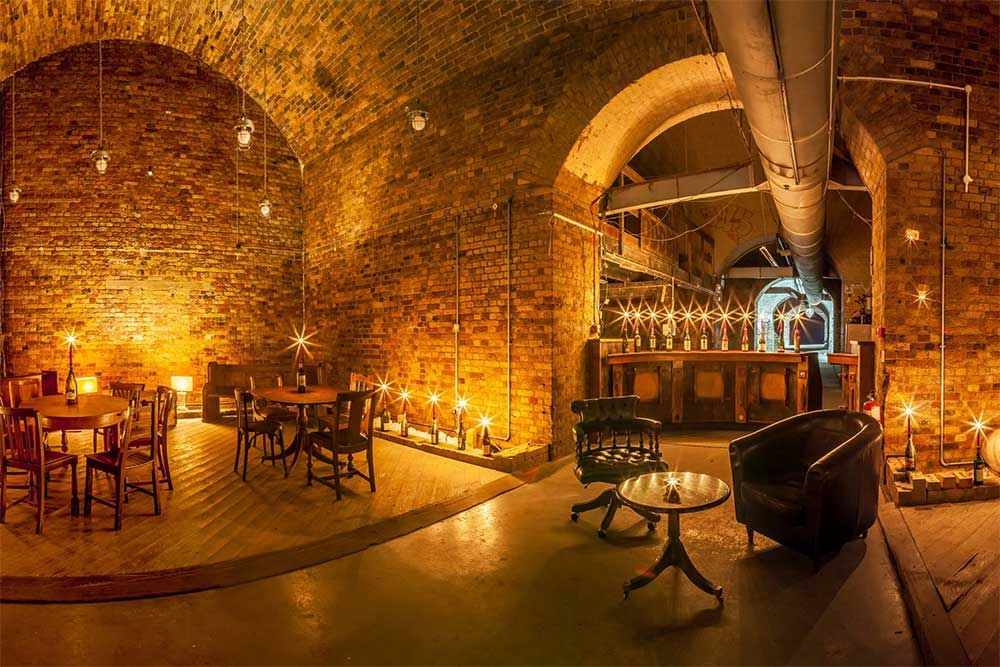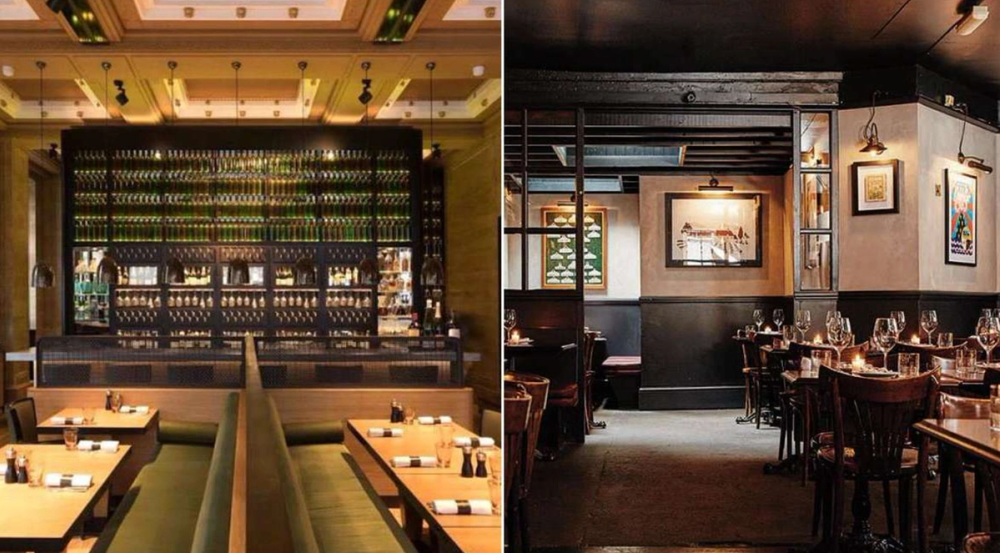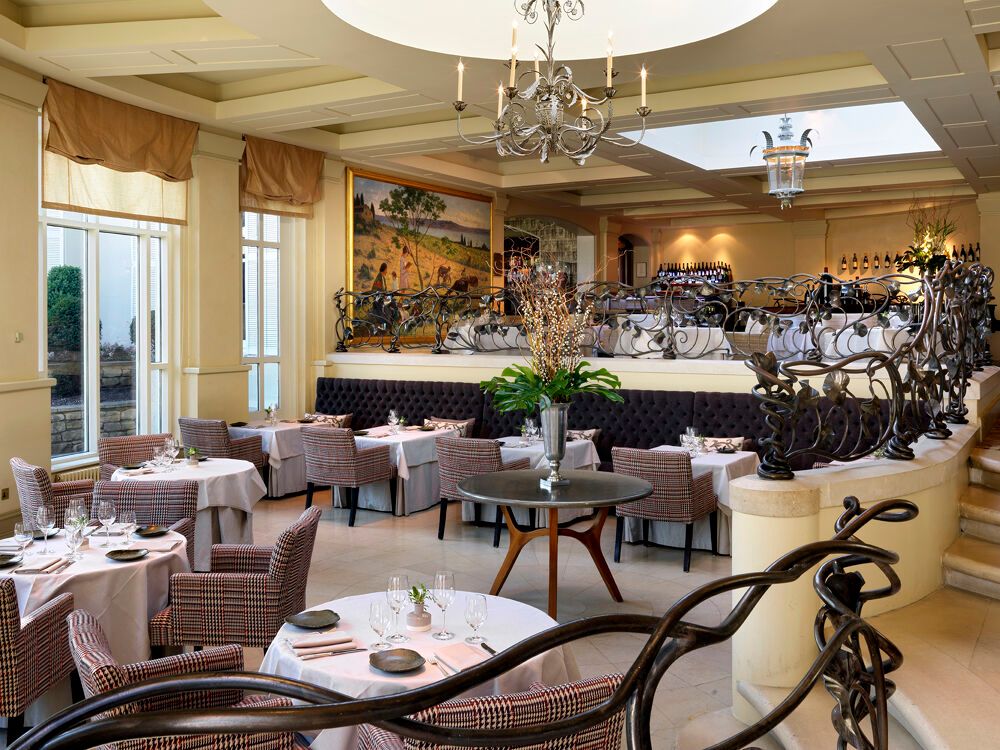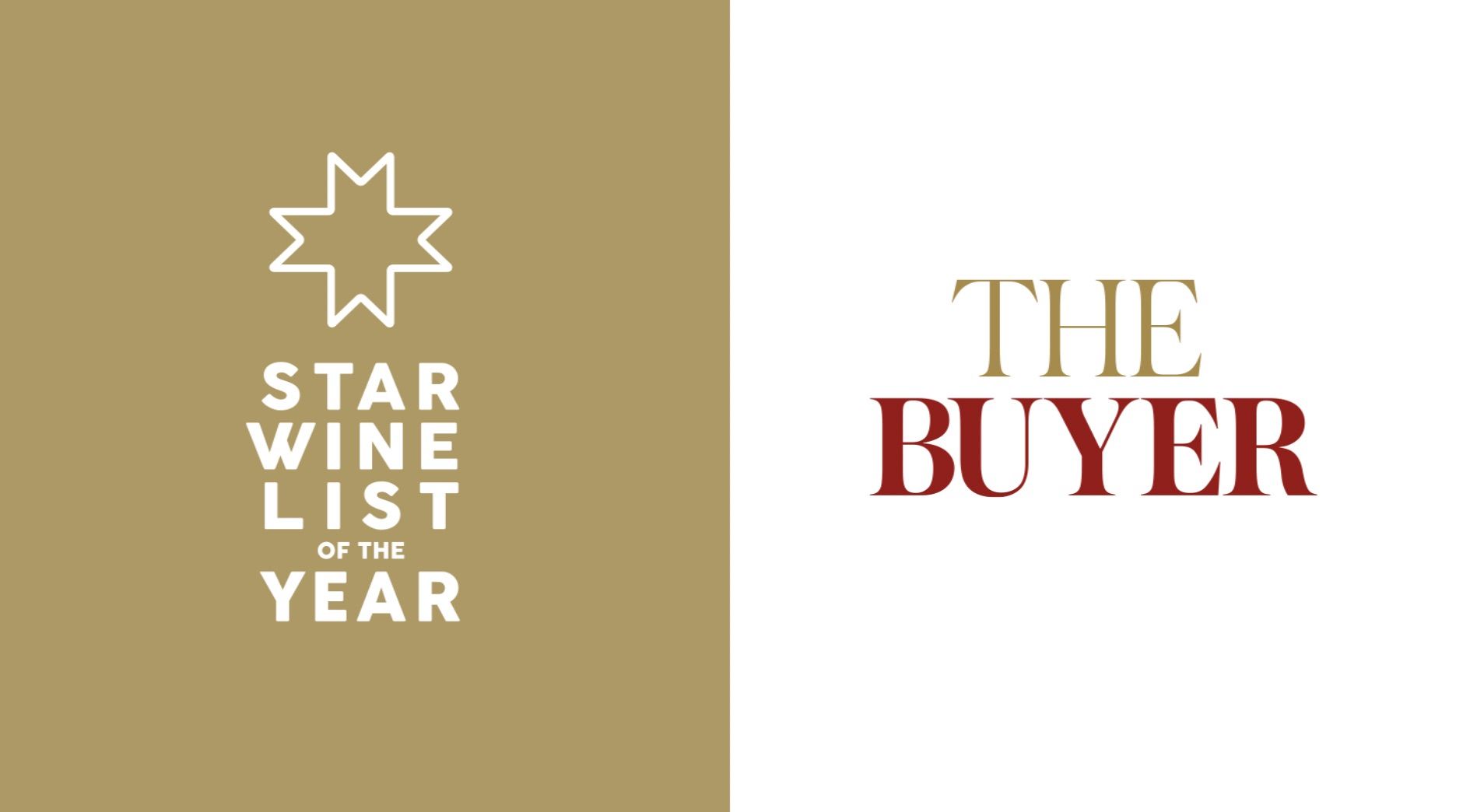UK Wine List Awards will take place on February 21 at London’s The Winemakers Club. You can enter your outlet for free, or nominate a venue by sending details and filling in the form here by January 23.
When we introduced the UK Wine List Awards in December 2020 restaurants, bars, pubs and hotels across the country were doing what they could to make up for lost ground when they were forced to shut for so much of the year due to Covid-19.
Here we are 12 months later in a very similar situation, looking to reward and support the on-trade at a time where there is still so much uncertainty in the trade about what might happen in the coming days and weeks due to the on-going issues with the pandemic. All of which is out of our hands.

The Winemakers Club in London is the venue for the 2022 UK Wine List of the Year awards
What the UK Wine List awards hopes to do is shine some bright light on a sector that has worked like never before over the last 18 months to do what it can to not just keep going in all this adversity, but to introduce new ideas, venues, menus and drinks lists to their customers.
Once again The Buyer is teaming up with Star Wine List to host the UK awards as part of Star Wine’s global competition that sees it run similar competitions in 10 wine markets around the world.
How it works
The format is simple enough. On-trade venues are invited to enter wine lists for any of the set categories that remain the same for all competitions, plus they can also enter bespoke lists for the UK-specific categories that this year – to date – include:
- New Zealand Wine List of the Year – supported by New Zealand Winegrowers.
- German Wine List of the Year – supported by Wines of Germany.
- California Wine List of the Year – supported by E&J Gallo Winery.
- More categories to be announced.
The main generic categories in the UK Wine List Awards include:

In the 2020 awards Les 110 de Taillevent and Noble Rot were joint winners in the Grand Prix category
- Grand Prix – more than 600 wines.
- Special Jury Prize – recognising a venue doing something out of the ordinary
- Best Austrian Wine List, presented by Austrian Wine
- By the Glass
- Sparkling Wine List
- Best Short list – up to 200 wines
- Best Medium Sized List – 200 to 600 wines
How it is judged
What makes being a finalist, never mind, winning a UK Wine List of the Year award such an accolade is the competition’s judging panel made up of award-winning sommeliers and leading figures in the UK restaurant world. It is chaired by Ruth Spivery, UK ambassador for Star Wine List. This year’s panel includes:

Salvatore Castano – The ASI’s Best Sommelier of Europe and Africa 2021
- Salvatore Castano, Best Sommelier of Europe & Africa 2021
- Arvid Rosengren, 2016 Best Sommelier of the Word
- Raimonds Tomsons, wine director of Barents Wine Collectors & Co-Founder at WineTeach
- Rajat Parr, sommelier and winemaker.
The Awards
The 2022 awards will be held in person on February 21 at The Winemakers Club in London with an informal ceremony designed as much as a networking, and tasting event and a chance to meet fellow finalists and peers in the trade. Guests will be invited to attend a walkaround tasting with our partners, the chance to take part in the awards and then enjoy an evening of drinks and food.
Understanding the categories
Here we talk to two of our partners about why they are so keen to take part in the UK Wine List of the Year Awards – New Zealand Winegrowers and Wines of Germany.
Chris Stroud, Europe manager for New Zealand Winegrowers
Why do you want to partner with the UK Wine List of Year awards?
New Zealand Winegrowers is delighted to partner with the UK Wine List Awards again. The hospitality industry has had a very tough time through the pandemic, so we see this initiative as a great opportunity to show our support for the on-trade which has traditionally been very supportive towards New Zealand wines and to get sommeliers thinking more about New Zealand wine.
How important is the premium on- trade to New Zealand?
The premium on-trade is a very important showcase for New Zealand wines because it enables customers to explore the inspiring range of high-quality varieties and styles. New Zealand wines are very versatile and with the diversity available stylistically fit well on wine lists and they are tailor made for matching a wide variety of cuisines.

Hide restaurant in London was the winner of the New Zealand Wine List of the Year award in the 2021 event
What trends are you seeing in terms of the styles and regions and types of New Zealand wine being listed more in the premium on-trade?
New Zealand wine sits at the premium end of the market so offer great value to restaurants. In terms of styles, Sauvignon Blanc is the is the variety that woke the world up to New Zealand wine and is arguably one of the leading categories in the UK so should appear on every restaurant list. Pinot Noir is also a popular wine style for restaurants – and New Zealand Pinot is highly sought after delivering quality, value and a wide range of regional expressions.
What other styles of wines from New Zealand do you think are well placed to do premium on-trade in the future?
New Zealand wines are very food friendly, so the on-trade provides a great opportunity to show our versatility. While Sauvignon Blanc and Pinot Noir remain ever popular, consumers are continuing to explore the diverse range of wine varieties we produce, with rosé and Pinot Gris becoming increasingly popular. New Zealand offers an impressive array of styles from cooler climate varieties such as the aromatic grapes through to fuller bodies reds, for instance red blends and Syrah while New Zealand Chardonnay is also highly regarded with a broad range of examples.
What would you like to see coming through in the lists of wines in the New Zealand category?
We have talked a lot about the diversity that New Zealand wine provides, so we hope that restaurants entering this category are able to demonstrate this on their wine lists by offering a strong selection with a wide range of regions and varieties represented.
Nicky Forrest, UK head of Wines of Germany
Why do you want to partner with the UK Wine List of Year awards?
We were inspired last year by the fantastic entrants in the ‘German Wine List of the Year’ category and would love to keep supporting those who are really making space for the amazing range of German wines on offer on their lists. We were delighted to be able to support top on-trade venues through partnering with the UK Wine List of the Year awards this year.
How important is the premium on-trade to German wines?
The on-trade is such an important place for German wines in the UK, so many consumers discover the whole world of German wine after a Riesling recommendation from a passionate sommelier. We’re constantly working with the on-trade – through this year’s education initiatives, 31 Days of German Riesling Campaign and ‘Restaurant Partners’, and we’ve been looking for ways to support venues throughout this time.

The Vineyard at Stockcross won the German Wine List of the Year in the 2021 awards
What trends are you seeing in terms of the styles and regions and types of German wine being listed more in the premium on-trade?
Dry German Riesling has been a real success story in the premium on-trade. In the past few years Riesling has really found its place on fine dining lists.
German Pinot Noir is also coming to the fore delivering quality and complexity at a price point well below other Pinot-producing regions and I am sure that this trend will only grow as more people discover the breadth of different styles of Spätburgunder on offer.
I always used to say that you could tell the quality of a restaurant by the number of German Rieslings it had on its list, but now it has become so ubiquitous in the fine dining world I now look to see how many German Pinot Noirs a restaurant has in its list as a marker of quality.
What other styles of wines from Germany do you think are placed to do well in the premium on-trade in the future?
More Sekt please. With the UK’s obsession with sparkling, it would be great to see more Sekt, specifically the traditional method Winzersekt, on menus. It’s a great alternative to other sparkling wines on offer and can make for a real point of difference on a menu.
I think there is also space for some of the other, white Pinot Varieties, that German does so well.
In terms of lists in general, it would be great to see more German wines offered by the glass – they work particularly well when hand-sold and, at lower alcohol levels, can be great aperitifs. We often hear of success stories from the trade when they try listing German wines by the glass – we’ve even had a past 31 Days of German Riesling participant, Joan Torrents at Halex, who listed 31 different German Rieslings by the glass throughout July and he was evangelical about the experience.










































